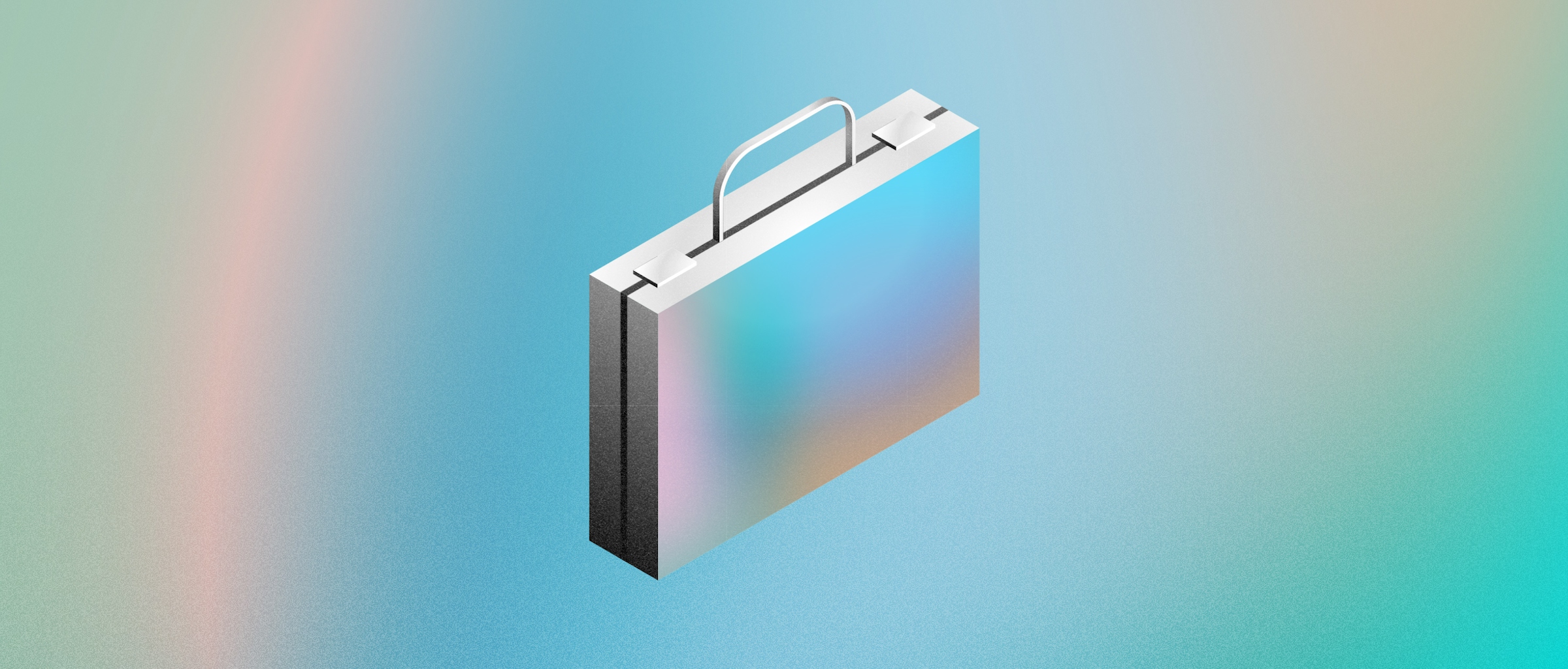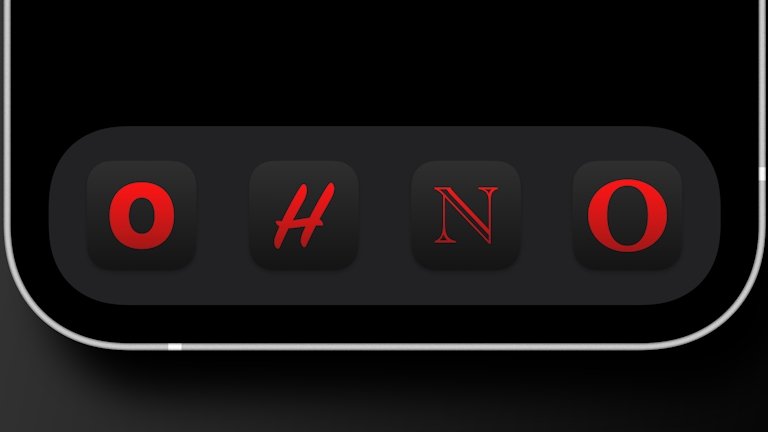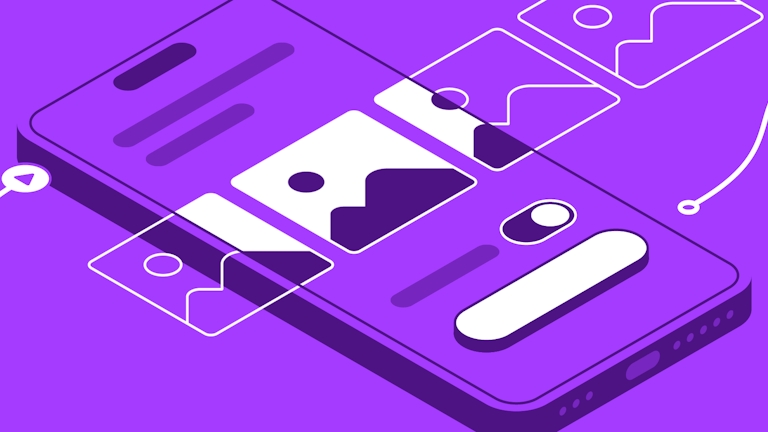In this series, you’ll learn how to make the most of your Workspace — from organizing designs to sharing them with people inside and outside your Workspace, getting feedback or sending designs for handoff. You’ll learn everything you need to collaborate in your Workspace and take your designs further.
In this first post, we’ll dive into all things organization and see how your Workspace can help you keep things tidy.
What are Workspaces?
Your Workspace helps you keep all your documents together, in sync and available anywhere. It’s also a place where your people can come together and collaborate.
Whether you’re inviting clients to preview a prototype or sharing a Library with your colleagues, Workspaces give you the tools to make the design process more collaborative. Once you save a document in your Workspace, you’ll be able to access it everywhere you use Sketch. With all your people and projects in one place, you’ll have everything you need to do your best work!
Every Editor in your Workspace can access Workspace documents in the Mac app and the web app, and switch between them whenever they need.
Why stay organized?
As you invite more people to your Workspace, it can quickly fill up with documents from different projects and designers. Keeping your documents organized will save you time in the long run. Plus, when you’re inviting new members or Guests to collaborate, a well-organized Workspace will help everyone find what they need. Perfect for an easy onboarding.
The All Documents view can get busy pretty quickly but Projects make it easy to find what you need.
Organize your documents with Projects
Whether you just have a few fellow collaborators or you‘re scaling up a growing team, you can organize and gather together documents in meaningful ways by creating Projects. Projects are super flexible, so you can group your documents in any way that works for you.
You can create and manage Projects from the sidebar of your Workspace. To move documents in and out of Projects, simply drag and drop them in and out of the sidebar from the All Documents view.
Quickly sort out documents in your Workspace using Projects. You can see which Project a document belongs to below its thumbnail.
There’s also a checkbox at the top of All Documents that you can use to display (or hide) documents that are already in Projects from the All Documents section. It’s a handy option for when you only want to see loose documents — such as when you’re tidying them into their relevant Projects.
Shared with Me and Libraries also sit at the top of the sidebar. Shared with Me is the place to find all the documents that other people have shared specifically with you. And in the Libraries section, you’ll find any Shared Libraries that people use across multiple documents. We’ll dive into both of these sections in more detail in an upcoming post.
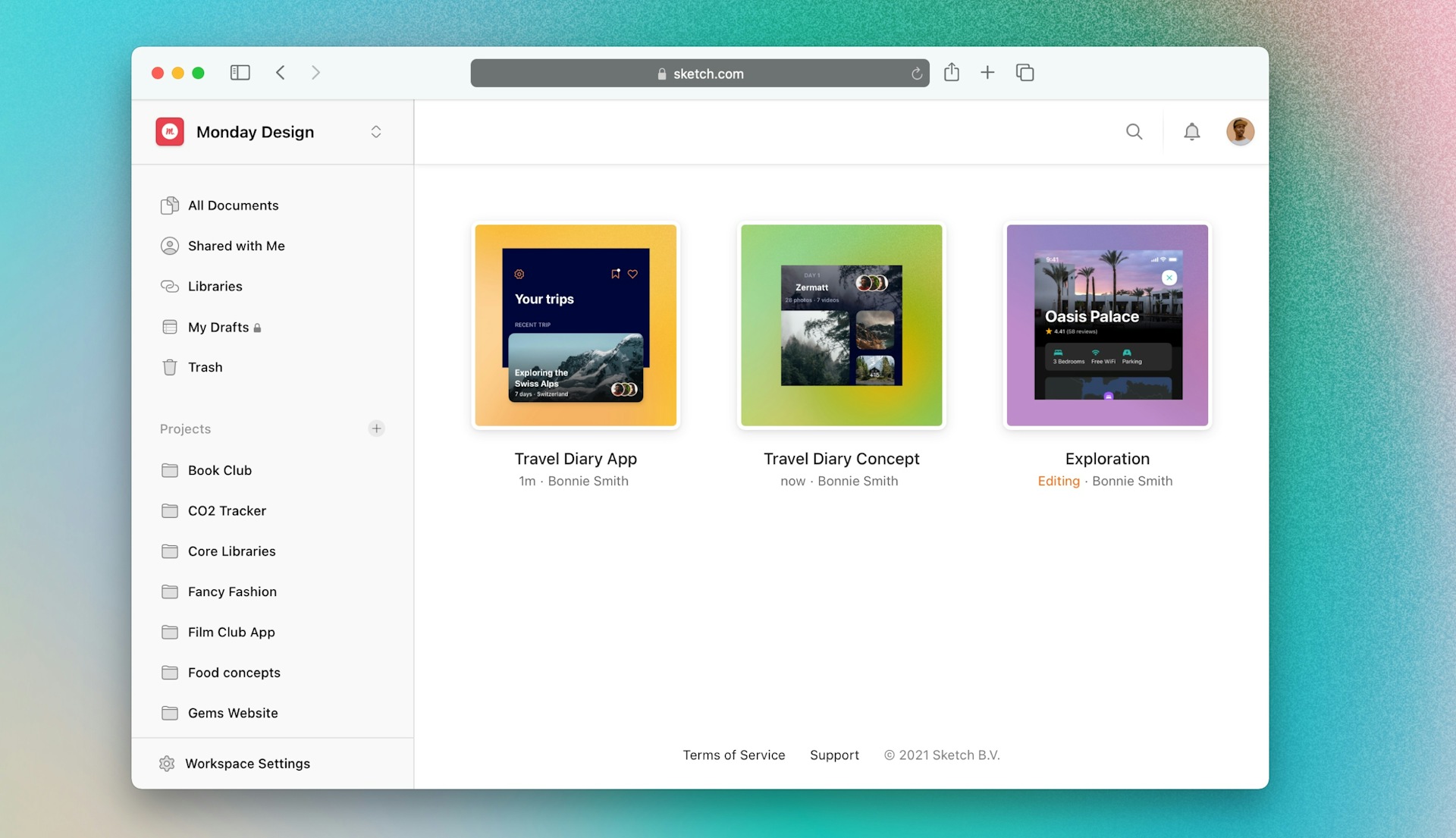
Set a preview image for your documents so you can see what they’re about at a glance.
Find what you need in seconds with Search
Can’t remember where you saved a document? Simply type the name into the search bar and it’ll appear. You can search across all your documents, or just within specific Projects.
Libraries, private documents (that you’ve added to My Drafts) and documents with limited permissions have an icon in the bottom-right of the thumbnail to show their status at a glance.
Tidy up old documents with Trash
Once you’re done with a Project, or find a document you’ve uploaded by mistake, you can send it to the Trash to remove it. Don’t worry, though — if you need to restore it, it’ll stay in the Trash for 90 days before we delete it permanently.
A private space to work on your next big idea
Starting a project that’s not ready to share? You can store documents privately in your My Drafts folder. It’s the perfect place to keep work-in-progress that isn’t quite ready for the rest of your team, or for those little passion projects you’re working on in the background.
When you’re ready to bring in some more people, you can simply move it to a public Project and share the link with your team. People can give you feedback in the web app or even dive in and design alongside you in real-time in the Mac app.
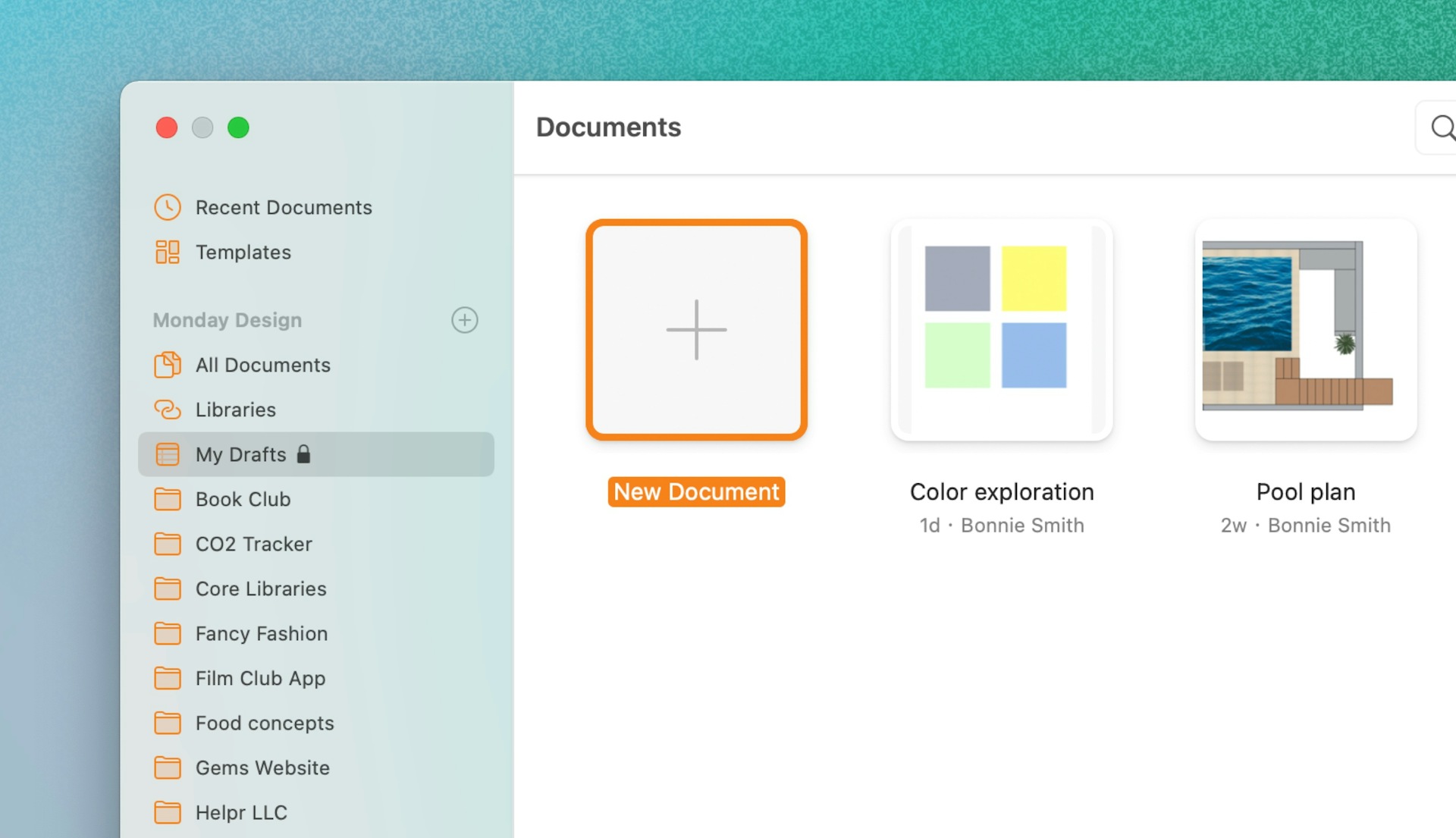
Share documents in My Drafts with specific people via the documents share settings.
What’s next?
Now that your Workspace is organized, it’s time to get to work. In our next post, we’ll be exploring how your Workspace can help you keep everyone in sync using versioning, shared Libraries and starred updates.
